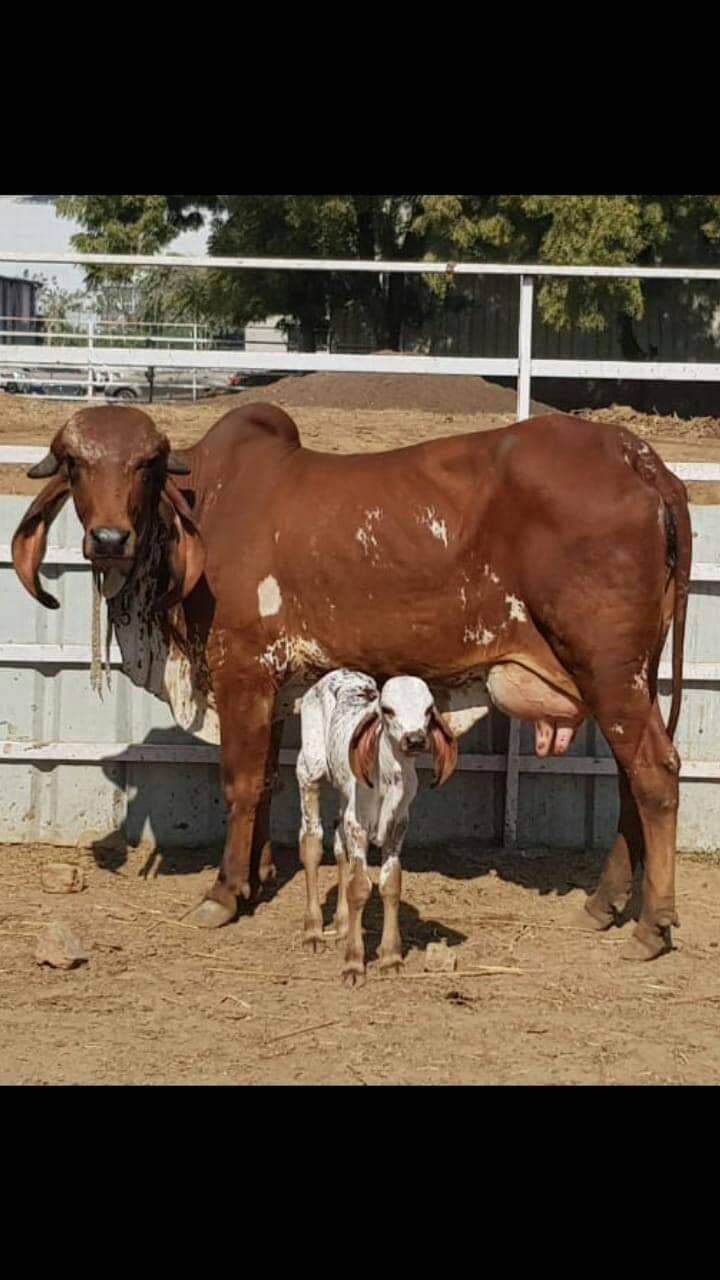Why it is important to count India’s cows (and chickens)
MR TARUN SHRIDHAR, IAS
Secretary to Government of India, Department of Animal Husbandry & Dairying
Ministry of Fisheries, Animal Husbandry & Dairying, New Delhi
The importance of a livestock census was first recognised in 1919, 47 years after human counting was started in 1872.
WHILE INDIA has the world’s second largest human population at 121 crore, it leads the world in livestock population at 125.5 crore. The latter, however, goes unnoticed as enumerating men and women living in any country is a more widely publicised activity than counting the animals and birds that provide them with food.
The human headcount is conducted every 10 years by the Registrar General of India through a network of permanent offices known as the Directorate of Census in each state. The Census, as it is called, involves lakhs of enumerators who move house-to-house collecting data of individual citizens. The sheer magnitude of this exercise is overawing, and so is its outcome. The extensive data — ranging from name, sex, literacy, status, occupation, etc. to access to government assets and services — indicate the quality of life of citizens, and are of critical importance in national policy and planning.
On the other hand, feeder livestock is counted by no permanent administrative institution, a process that, therefore, lacks bare resources. The quinquennial (every five years) Livestock Census becomes a burden and goes unnoticed as general awareness about it stays low, especially in urban areas. Compounded with the present din of general elections, the ongoing, humongous animal count — currently on across the country — has been pushed further into the shadows.
That is where we err, as livestock is not only an integral part of the agriculture economy supporting the rural livelihood but also a rudimentary element of our socio-cultural milieu. Our cultural heritage endows great importance to owning and rearing livestock as an inseparable part of an inclusive universe. Accurate, reliable data therefore become the sine qua non for planning and development of the sector — and counting sheep or any other animal becomes the foundation for a peaceful growth.
The importance of a livestock census was first recognised in 1919, 47 years after human counting was started in 1872. The ongoing 20th round of the Livestock Census continues to be an elaborate, complex and daunting exercise with about 50,000 enumerators and 10,000 supervisors — a humble number compared to the nearly 25 lakh involved in the human Census — enumerating animals in every village and ward. The exercise is more voluminous than enumerating the human population and capturing such wide and varied information across numerous species is extremely difficult and cumbersome.
The current round is also counting a larger number of species besides the regular cattle such as mithun, yak, sheep, goats, pigs, horses, mules, donkeys, camels, dogs, rabbits, elephants and poultry birds. It is counting stray and abandoned animals as well. That should give a fair idea of the magnitude of this exercise.
If one were to only count and compile absolute numbers, it would be a sub-optimal use of such a labourious exercise. Data to support policy and planning should be robust and meaningful. So, what is also being captured is the breed of each animal along with sex, age, productivity, use etc.
To illustrate, 82 breeds of cattle and 26 breeds of buffaloes are being captured with further data on sex, age, whether for breeding purposes, whether for draught, whether in milk, calving history, etc. Similarly, 52 breeds of goats and 84 breeds of sheep are being recorded along with other parameters. This exercise extends to other animals such as horses, pigs, mules, camels and poultry too. Other supporting and supplementary data on the owners of livestock are also being collected and compiled. These include information on occupation, income, landholding, education etc. to support holistic planning.
To streamline the process and eliminate error, the ongoing 20th Livestock Census is harnessing the technological innovations of the digital age. The current Livestock Census heavily leverages information technology to create a high-quality database. There is complete elimination of paper, which has been replaced with tablet computers. The 50,000-odd enumerators are capturing the multiple parameters of the Census data on computer tablets and uploading it to the server after online validation by the supervisor, resulting in real-time compilation and updating. It is an example of Digital India to be proud of; it is the National Informatics Centre that has developed the Android-based mobile application with various features of data entry module. The software is not only enabling simultaneous monitoring of the operations but also developing various analytical reports that are useful for a dynamic planning process for an equally dynamic livestock sector.
This Livestock Census is likely to conclude shortly, in a couple of months or so. The outcome and the valuable data it produces would be immensely useful for policymakers, planners and academics, but would perhaps remain another periodic exercise gone unnoticed by a large section of our populace. And that is a bit disappointing, for the Livestock Census as an operation truly stands out as an example of our ability to undertake tasks that are complex, cumbersome and seemingly impossible. It is also a tribute to the vast number of our faceless but committed veterinarians and para-vets.
Two years hence, the human Census will take place, which is another Herculean task, but let it not be forgotten that an equally, if not more, difficult exercise of counting the chickens, and cows, and the other livestock too takes place at a regular interval of five years.



